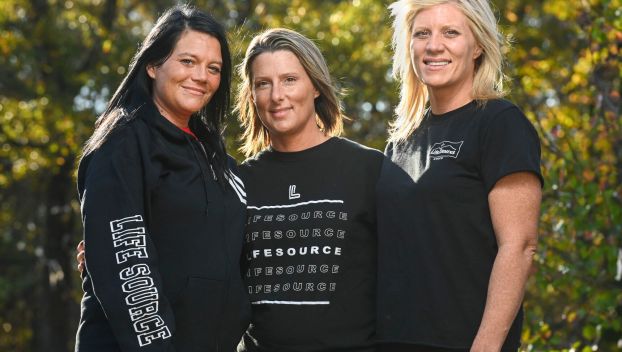
Local News
Surviving fentanyl: 3 women’s harrowing journey to sobriety
Imagine a substance the size of the last word of this sentence having the ability to kill you. ... Read more

Imagine a substance the size of the last word of this sentence having the ability to kill you. ... Read more